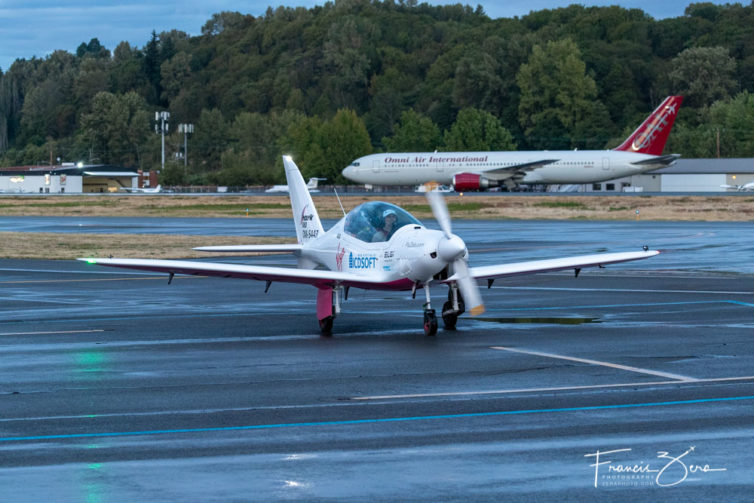
Piloting a single-engine plane through the mountainous regions of the Pacific Northwest and onward to Alaska in the autumn can be daunting, with plenty of weather and terrain challenges. Then consider that it’s just one short portion of a round-the-world journey, crossing oceans and landing in more than 50 countries across five continents. She’s also […]
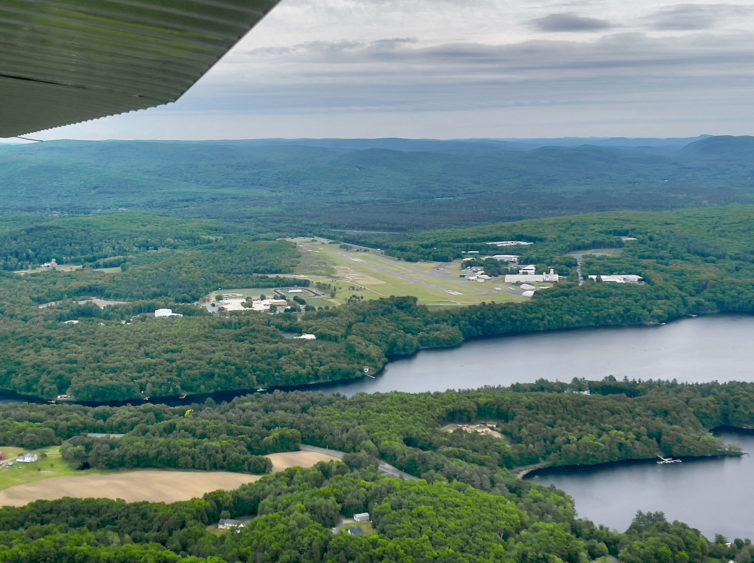
This is a continuation of my multi-part series on learning to fly. You can read the whole Fly With Francis series here. My obsession with airplanes is directly attributable to a very loving grandmother’s attempts to settle down two very rambunctious young brothers. She’d drive us to nearby Turners Falls Municipal Airport to get ice cream […]
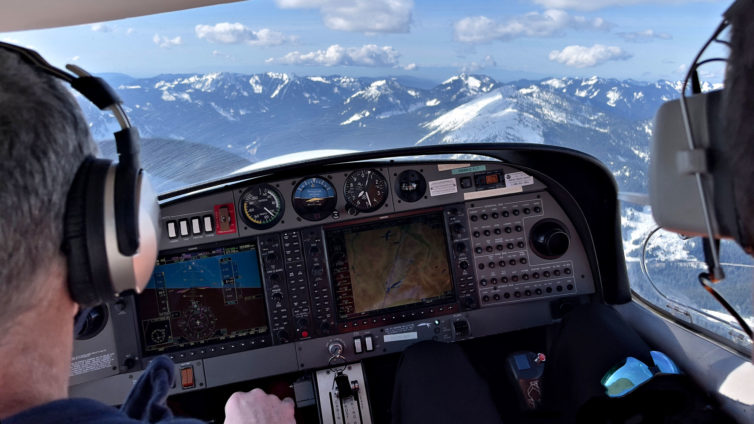
This is a continuation of my multi-part series on learning to fly. You can read the whole Fly With Francis series here. The lousy Pacific Northwest early spring weather notwithstanding, I’ve made good progress towards learning both the Garmin G1000 instrumentation and the Diamond DA-40 aircraft. We recently got a decent break in the weather […]
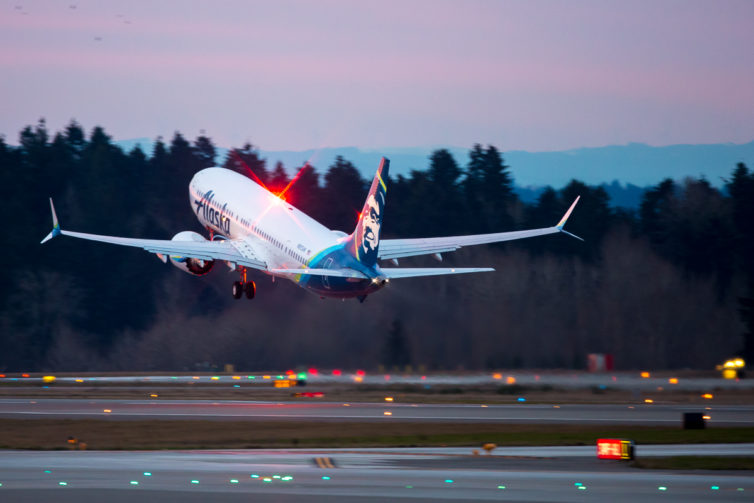
On March 1 at 6:30 a.m., Alaska Airlines’ first Boeing 737 MAX 9 took to the skies from Seattle-Tacoma International Airport on a flight to San Diego. That flight made Alaska the third U.S. carrier to place the MAX into service since the plane’s grounding was lifted at the end of 2020, and it was […]
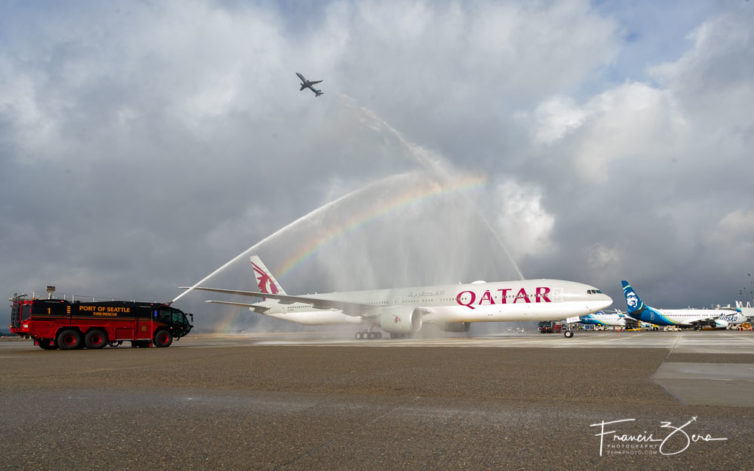
Qatar Airways (QR) launched service from Hamad International Airport in Doha, Qatar, to Seattle, Washington, on Jan. 29, 2021, two months ahead of schedule. It also marked the first new service to Seattle-Tacoma International Airport since the COVID-19 pandemic began. Inaugural flights are always a joy to cover – you get to see other media […]




